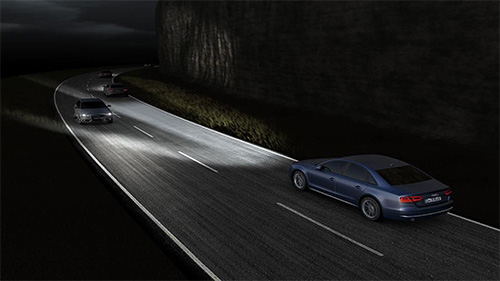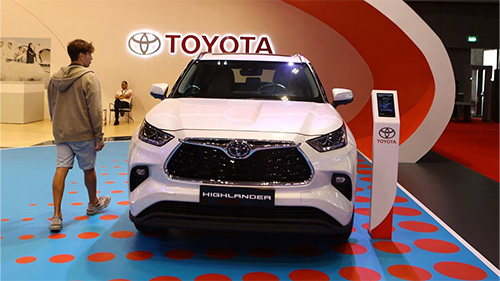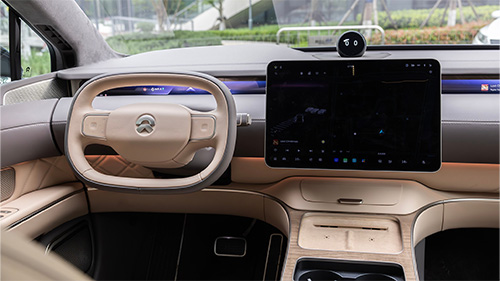When to Use High Beams Without Blinding Others?

Night driving transforms familiar roads into a realm of shadows and headlights, demanding that each driver become ever more vigilant. Among the most powerful tools in your automotive arsenal are your high-beam headlights—capable of illuminating hazards well beyond the reach of standard low beams. However, tremendous brightness comes with great responsibility. When used incorrectly, high lights can cause road rage, deteriorate night vision, and dazzle oncoming vehicles.
The Purpose and Power of High Beams
High beams cast light in a straighter, farther-reaching path than low beams, allowing you to spot pedestrians, animals, and obstacles up to 200 meters ahead. This extended visibility is especially invaluable on rural stretches, winding mountain passes, and any road devoid of streetlights. However, their intensity—usually double or triple that of your dipped headlights—can temporarily overwhelm the eyes of other motorists. A flash of glare not only startles but can linger as afterimages, forcing other drivers to slow or swerve unexpectedly.
Conditions That Call for High Beams
● Poorly Lit Roads
Whenever you’re on a dark highway or country lane without street lighting, high beams help you detect subtle movements along the roadside—deer poised to dart across, cyclists without reflective gear, or debris washed onto the pavement.
● Open, Straightaways
On long, straight stretches where the road ahead curves minimally, high beams can be a boon. Switch them on as soon as there’s no oncoming traffic within 500 feet or vehicles ahead within 200 feet.
● Bad Weather—With Caution
In light rain or mist, high beams can penetrate deeper than low beams, but in heavy fog or snowfall, they will reflect back at you, creating a wall of glare. In those conditions, stick to low beams or fog lights.
Etiquette and Timing: The Golden Rules
● Dim When You See Other Vehicles
The moment you spot oncoming headlights within about 500 feet, flick off your high beams to low. Likewise, if you approach a vehicle ahead at a distance of less than 200 feet—whether you’re closing in from behind or passing—switch down to prevent blinding the driver in front.
● Use a Quick Flash to Communicate
If another driver forgets to dim their beams, a brief flash of your high beams signals the reminder: “Please dip your lights.” But don’t linger; prolonged flashing can irritate or be misconstrued.
Modern vehicles increasingly offer auto-leveling and adaptive headlights, which swivel in tandem with your steering wheel, aiming light into the very curves you navigate. Automatic high-beam assist detects oncoming headlights and taillights, toggling your beams up and down without manual input. Yet, these systems aren’t foolproof—always remain ready to override them in complex driving scenarios.







